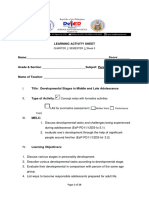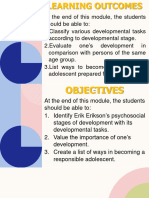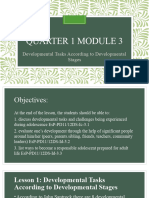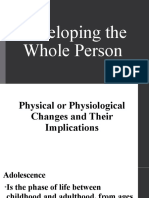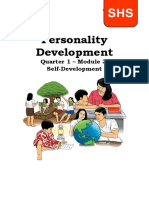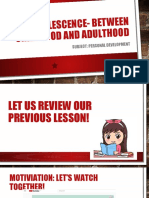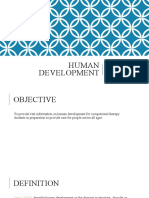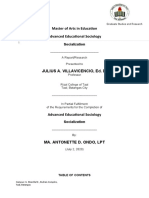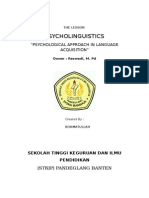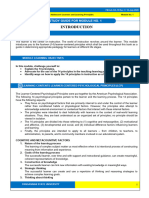0% found this document useful (0 votes)
69 views87 pagesQ1 Week 3 PERDEV
The document discusses the developmental stages of adolescence, highlighting early, middle, and late adolescence, and the significant changes that occur during these periods. It outlines developmental tasks that adolescents must navigate, such as establishing relationships, managing sexuality, and developing a personal value system. Additionally, it covers principles of development, factors affecting adolescence, and the importance of holistic personal development.
Uploaded by
christeljaneaguanta4Copyright
© © All Rights Reserved
We take content rights seriously. If you suspect this is your content, claim it here.
Available Formats
Download as PDF, TXT or read online on Scribd
0% found this document useful (0 votes)
69 views87 pagesQ1 Week 3 PERDEV
The document discusses the developmental stages of adolescence, highlighting early, middle, and late adolescence, and the significant changes that occur during these periods. It outlines developmental tasks that adolescents must navigate, such as establishing relationships, managing sexuality, and developing a personal value system. Additionally, it covers principles of development, factors affecting adolescence, and the importance of holistic personal development.
Uploaded by
christeljaneaguanta4Copyright
© © All Rights Reserved
We take content rights seriously. If you suspect this is your content, claim it here.
Available Formats
Download as PDF, TXT or read online on Scribd
/ 87
